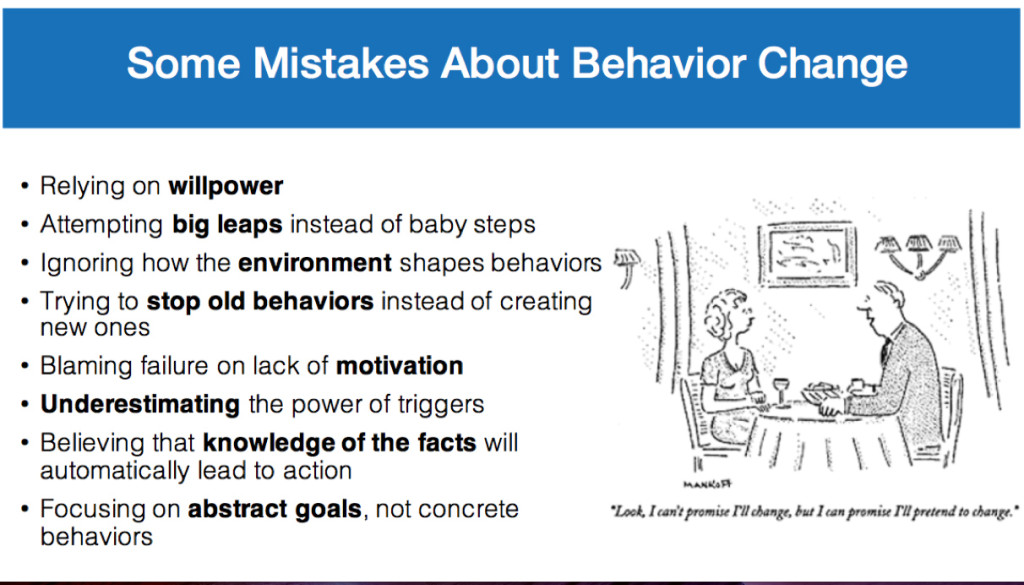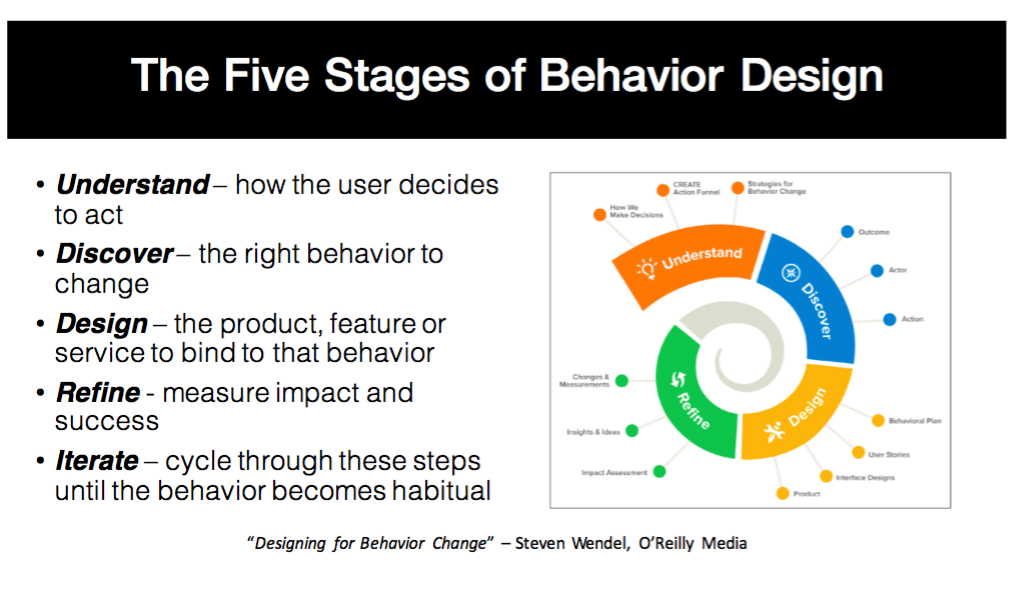NEWARK, CA – As more and more studies on the efficacy of digital health interventions return disappointing results, companies are recognizing the need to design their products in ways that maximize adoption and adherence among patients. With its focus on creating user experiences that encourage the formation of healthy habits, behavioral product design represents one means of overcoming the efficacy issues currently plaguing digital health technology.
Sunil Maulik, a tech entrepreneur and design expert with a PhD in Biophysics, recently gave a talk on the power of behavioral product design at Medtech Frontiers in Newark, California. Brian Zahn, CMN’s Silicon Valley Correspondent, caught up with Maulik after the event to learn more about how digital health technologies can be designed to promote healthy behaviors in their users.
How would you define behavioral product design?
Behavioral product design is really about ensuring that every facet of the product is designed to diffuse it into its target market and make it habitual amongst its target users.
What experience have you had in behavioral product design?
I actually started out in bioinformatics. I was doing drug design at big pharmaceutical companies like Roche. More recently I’ve been working in healthcare informatics, particularly around health tracking, wearables, the quantified self, and elsewhere. I’m very interested in the use of data to help drive habitual behavior.
What is the current state of behavioral product design in healthcare?
I think we’re in the first innings. There is some very interesting research, and some very interesting initial products, but I don’t think we’re there yet. Even the Apple watch is still a work-in-progress. It has some very interesting health and fitness tracking and motivation tools, but in general behavioral health products and products for patient engagement are still lacking some of the essential components that I mentioned in my presentation.
Can you provide an example of a product that exemplifies good behavioral product design in healthcare?
There’s a company in the Bay Area called Omada Health that’s looking at what it will take to keep pre-diabetic populations from getting diabetes. They’re using some very elegant design tools and third-party devices to help people who are pre-diabetic take control of their lives so they don’t get full-fledged diabetes.
There’s another company out of MIT that’s doing something really similar called ginger.io. They have an app that sits on your mobile device and passively watches your activity, noting how often you make phone calls, send emails and texts, and check Facebook. Based off that passive data, they make inferences about how active or inactive you are, and how lonely or depressed you may be. Just by collecting all of this data and comparing it to predictive algorithms, they can come up with all kinds of suggestions and recommendations for interventions.
How do you think we can drive healthy habits through behavioral product design?
I think the future looks really promising. Particularly with IoT in the home and workplace, we’ll be able to optimize for things like the best commute. Maybe it’s better for you to walk to work or ride a bike. Maybe it’s better for you to use recessed lighting or take regular breaks. My Apple Watch already contacts me once an hour if I’m sitting too long to remind me to stand up. Small changes to a user’s routines can have large aggregate effects.
But there’s a lot of thought that has to go into the design of products before you can use them to create healthy communities and healthy settings. We’ve learned that targeted interventions work well for critical diseases. If someone has cancer, they’re going to do whatever it takes to be cured of that disease. But in general chronic diseases like cardiovascular disease and diabetes are going to require small but consistent interventions – which is what a habit is – to prevent people from developing them.

A list of common product design mistakes from Sunil Maulik’s presentation “Driving Healthy Habits Through Behavioral Product Design.”
How do you see behavioral product design transforming healthcare?
There are so many areas where good behavioral design can optimize the healthcare experience. Good design thinking can optimize everything from hospital workflows to patient intakes to hand-offs between the doctor and the nurse. But it’s a huge issue that will only be solved piecemeal, one component at a time.
Like the coverage that CyberMed News provides? Follow us on Twitter, LinkedIn, and Facebook to make sure you keep up to date on the most recent developments in digital health.






Be the first to comment on "Driving Healthy Habits Through Behavioral Product Design"